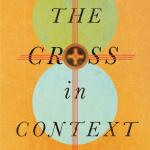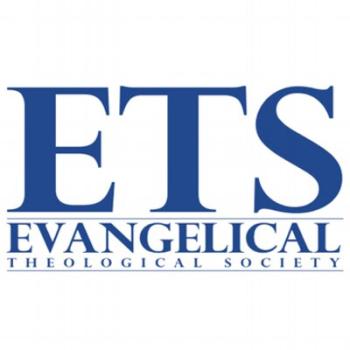I’m honored that Joshua McNall accepted my request to write the foreword to my forthcoming book The Cross in Context: Reconsidering Biblical Metaphors for Atonement. You might have read his book The Mosaic of Atonement: An Integrated Approach to Christ’s Work (2019).
In this post, I share his Foreword and the book’s Table of Contents. See my previous post for an introduction to the book, several endorsements, and an excerpt.
Foreword (by Joshua McNall)
“Say Shibboleth!” Unfortunately, that menacing line from the Hebrew Scriptures comes to mind when some Christians debate the doctrine of atonement. The story, from Judges 12, describes a fractious moment in which one tribe sought to identify and condemn outsiders—not merely by the words they used, but by their favored pronunciation.
In recent decades, atonement shibboleths center around particular versions of penal substitution, whether Christ truly died for all, and the place of violence in the drama of redemption. All these discussions are important. And none of them are easy. Yet in some cases, readers get the sense that the many-splendored work of Jesus is being both reduced and weaponized by the attempt to equate it with a particular local accent.
Thankfully, this is not one of those atonement books.
Jackson Wu rightly notes the need to recontextualize the cross if we are going to move forward in our gospel proclamation. That means taking a step back from our modern fights over particular models or theories of atonement to understand afresh how Scripture speaks of themes like sacrifice, purification, and sin-bearing.
The purpose of that step back, however, is not that we would leave behind forever the worlds of Athanasius, Anselm, or Aquinas. To do so would be to endorse a kind of naïve biblicism that is itself a regional “twang” that badly mispronounces sola scriptura.
Wu’s claim is that it is only when we have wrestled with the biblical context more thoroughly that we can then return to later questions with a fresh and more nuanced perspective. (See especially chapter ten and in the book’s appendixes.) No amount of “both-anding” or fault-finding with regard to particular atonement models can substitute for this foundational work of biblical contextualization. And that’s just one reason I’m glad you’re holding this book.
Admittedly, as a systematic theologian, I am not equipped to sit in final judgment on every single fine-grained discussion within the labyrinth of biblical material—or within Wu’s work. Because the Scriptures are complex and we are fallen, there will be points at which we disagree; so be it.
Nonetheless, I am convinced that we need each other to better understand Christ’s work: Bible scholars and theologians, historians and philosophers, pastors and missionaries, little children and senior citizens. Only when we listen carefully to these contextualized insights and perspectives will we be able to proclaim the good news in language that is both faithful and compelling.
Joshua M. McNall
Associate Professor of Pastoral Theology, Oklahoma Wesleyan University
Author of The Mosaic of Atonement: An Integrated Approach to Christ’s Work
Table of Contents
Foreword by Joshua M. McNall
Acknowledgments
Introduction
Section One: The Atonement in Biblical and Cultural Context
- Reconciling Atonement Theories
- Preparing a Sanctuary for the King
- Offering a Way to God
- Atonement and the Significance of Blood
- Seeking God’s Face through Sacrifice
Section Two: Interpreting Biblical Metaphors of Atonement
- What Does Christ Purify?
- Who Bears the Burden of Sin?
- Does God Want Recompense or Retribution?
- Does the Father Punish the Son?
Section Three: Implications and Applications
- Answers to Lingering Questions
- Does Christ Bear Our Shame?
Appendixes
A. Historical Atonement Theories
B. Affirming Penal Substitution But Not Its Logic
C. “Bearing” in the Old Testament
D. The Metaphors of Hebrews 9–10
Discussion Guide
Glossary
Select Bibliography
General Index
Scripture Index
Want to read more? Go pre-order now and spread the word with others. Thanks!!
















